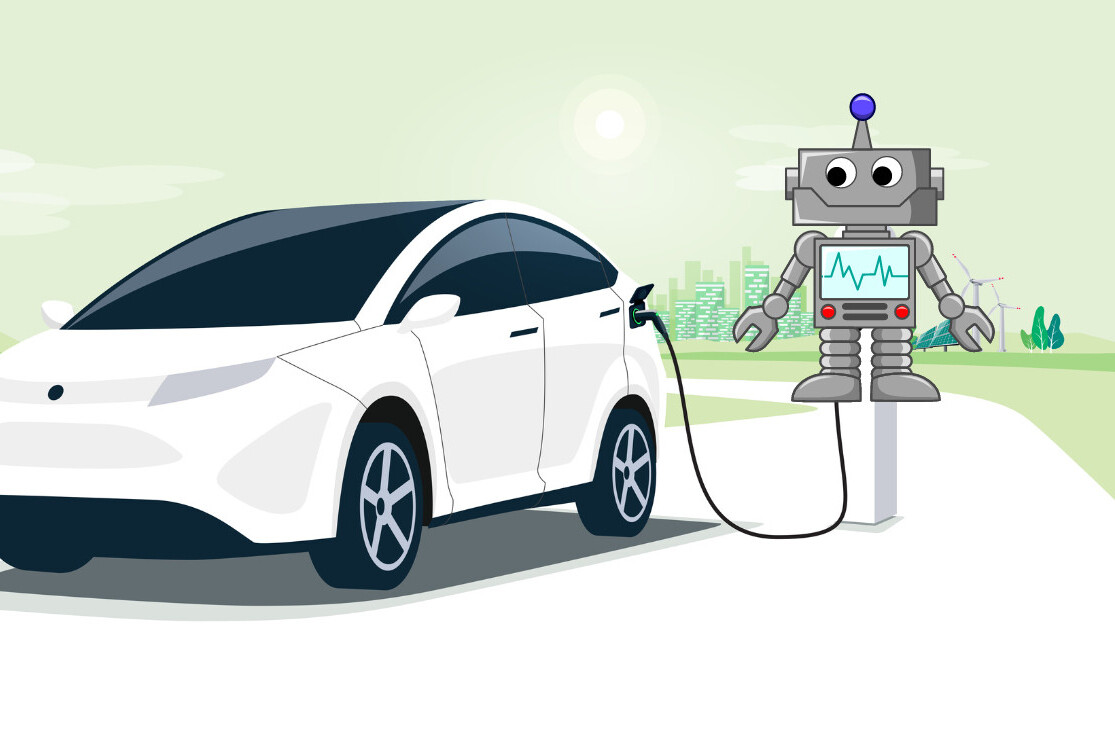
When I first sat behind the wheel of an EV, I noticed something missing: the clutch and the gear stick.
The reason behind this is simple. EVs don’t have a gearbox. They’re automatic. So instead of a stick, you’ll find a lever, switch, or button that allows you to select “drive,” “park,” and “reverse.”

Why don’t EVs have multiple gears?
Unlike petrol or diesel cars, they don’t need them.
The internal combustion engine of conventional vehicles develops its power and torque at different RPMs (revolutions per minute), and therefore it needs a gearbox with various gear ratios to effectively transfer the power from the engine to the wheels.
This means that such vehicles deliver their optimum performance within a small, narrow revolution range — or “rev band,” as it’s commonly known.
Electric vehicles don’t have this limitation. These motors deliver power instantly, meaning the process of building up torque through revving — as in internal combustion engines — is unnecessary.
Plus, EV motors have a much larger RPM range than their ICE peers. They can hit up to 20,000rpm, compared to the 6,000rpm limit of most conventional cars.
Basically, EV engineers only need to design a one-ratio, single-speed transmission that effectively regulates the electric motor — and delivers the best balance between acceleration and top speed.
Are there any multi-speed EVS out there?
Single-speed is definitely the norm, but we do have two exceptions: the Porsche Taycan and the Audi e-tron GT.
They both feature a two-speed automatic gearbox to maximize acceleration and optimize efficiency at higher speeds.
Does this mean we’re possibly looking at a two-speed future for EVs in general? No, I wouldn’t say so.
From a manufacturing point of view, a single-gear system reduces cost and complexity. This helps automakers save up some extra money and, in turn, keep EVs affordable.
While there are some performance benefits to things like the Taycan (from $82,700) and e-tron GT ($140,000), they’re far too pricey for the average consumer.
And there you have it. Next time someone asks you where the stick shift EVs are, you’ll wow them with your knowledge.
Get the TNW newsletter
Get the most important tech news in your inbox each week.




